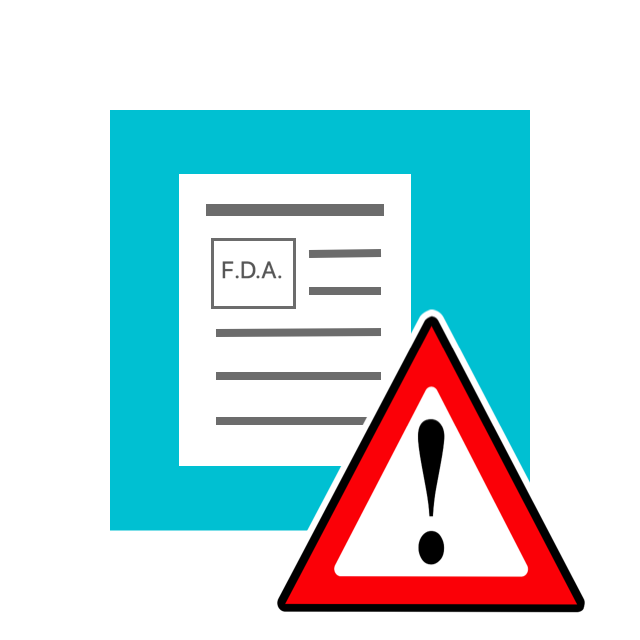
Study from The Journal of Allergy and Clinical Immunology: In Practice, an official journal of the AAAAI, reveals visits increased 3.2-fold among children from 2008 to 2016 and 1.9-fold among adults.
READ ARTICLE HIDE ARTICLE
MILWAUKEE, WI – From 2008 to 2016, the overall incidence of emergency department visits for anaphylaxis saw a 2.3-fold increase, with the greatest increase occurring in children under five years of age, according to a recently published article in The Journal of Allergy and Clinical Immunology: In Practice (JACI: In Practice), an official journal of the AAAAI.
“We’ve already observed that over the past decade the United States has seen an increase in allergic conditions,” said first author Kenneth A. Michelson, MD, MPH. “We wanted to look at the age-specific incidence of emergency visits for anaphylaxis to help guide future research, public health interventions and policies that will improve the care of our patients.”
The authors used the Healthcare Utilization Project (HCUP) Nationwide Emergency Department Sample (NEDS) to perform this study. The NEDS provides a 20% sample of all emergency department visits nationwide. Anaphylaxis instances were determined based on a first-listed diagnosis code of an allergic condition and if the first-listed International Classification of Diseases (ICD), 9th or 10th revision code was anaphylaxis. Patients with urticaria and angioedema were also considered to have anaphylaxis. Person-years, a statistic taking the number of incident cases divided by the amount of person-time at risk, was used for measuring the data.
Between 2008 and 2016, there were 405,145 emergency department visits for anaphylaxis in the United States. When excluding visits coded only with urticaria and angioedema, authors observed a 2.3-fold increase in anaphylaxis emergency department visits. The incidence of anaphylaxis among adults increased from 44 to 84 emergency department visits per million person-years, and from 54 to 163 among children. The incidence of non-anaphylactic allergic reactions remained unchanged for adults, but increased in children (3944 per million person-years in 2008 compared to 4510 million in 2016). While the incidence of idiopathic (meaning without a known cause) and food-related anaphylaxis increased over the study period, medication-related anaphylaxis was rare prior to the fourth quarter of 2015. This suggests diagnosis codes were not used for it prior to the transition to ICD-10.
Age was a big indicator when it came to an increased occurrence of anaphylaxis emergency department visits. “We started witnessing that while there was an increase in anaphylaxis emergency visits in all ages, the older the age group the smaller the increase,” said Dr. Michelson. “Non-anaphylactic allergic reactions increased only in children. This demonstrates how important it is that we improve pre-hospital care at a young age, by making sure all our patients and their parents understand how to decrease the likelihood of an allergic reaction.”
Anaphylaxis is a serious, life-threatening allergic reaction. The most common anaphylactic reactions are to foods, insect stings, medications and latex. Anaphylaxis requires immediate medical treatment, including a prompt injection of epinephrine and a trip to a hospital emergency room. If it isn’t treated properly, anaphylaxis can be fatal.
Certain people are more at risk of anaphylaxis. If you have allergies or asthma and have a family history of anaphylaxis, your risk is higher. And, if you’ve experienced anaphylaxis your risk of having another anaphylactic reaction is increased.
You can learn more about anaphylaxis at the American Academy of Allergy, Asthma & Immunology website, aaaai.org.
Learn More from AAAAI





